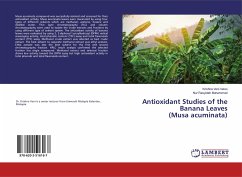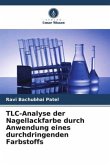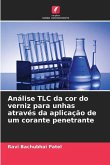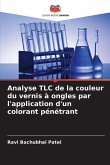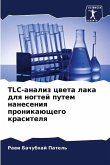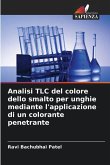Musa acuminata compound was successfully isolated and screened for their antioxidant activity. Musa acuminata leaves were macerated by using four types of different solvents which are methanol, acetone, hexane and distilled water. Thin layer chromatography (TLC) and column chromatography were used to isolate the crude extracts and fractions by using different type of solvent system. The antioxidant activity of banana leaves were evaluated by using 2, 2-diphenyl-1-picrylhydrazyl (DPPH) radical scavenging activity, total phenolic content (TPC) assay and total flavonoids content (TFC) assay. Methanol crude extract was selected as best crude extract. The best solvent to separate methanol extract was ethyl acetate. Ethyl acetate was also the best solvent for the first and second chromatography fraction. HPLC result analysis confirmed the selected fraction has single compound. Methanol extract and selected fraction shows low activity toward the DPPH assay but high antioxidant activity in total phenolic and total flavonoids content.

